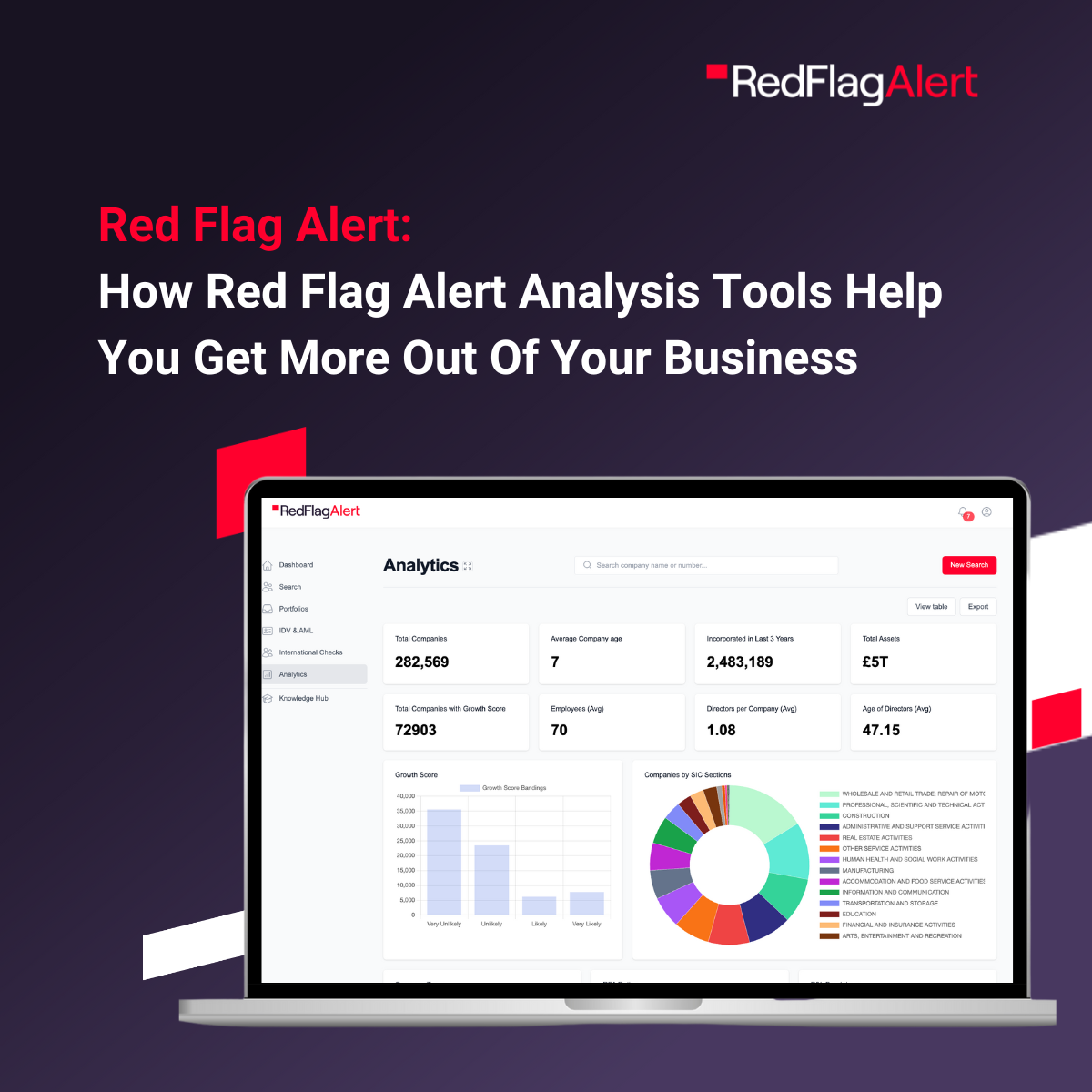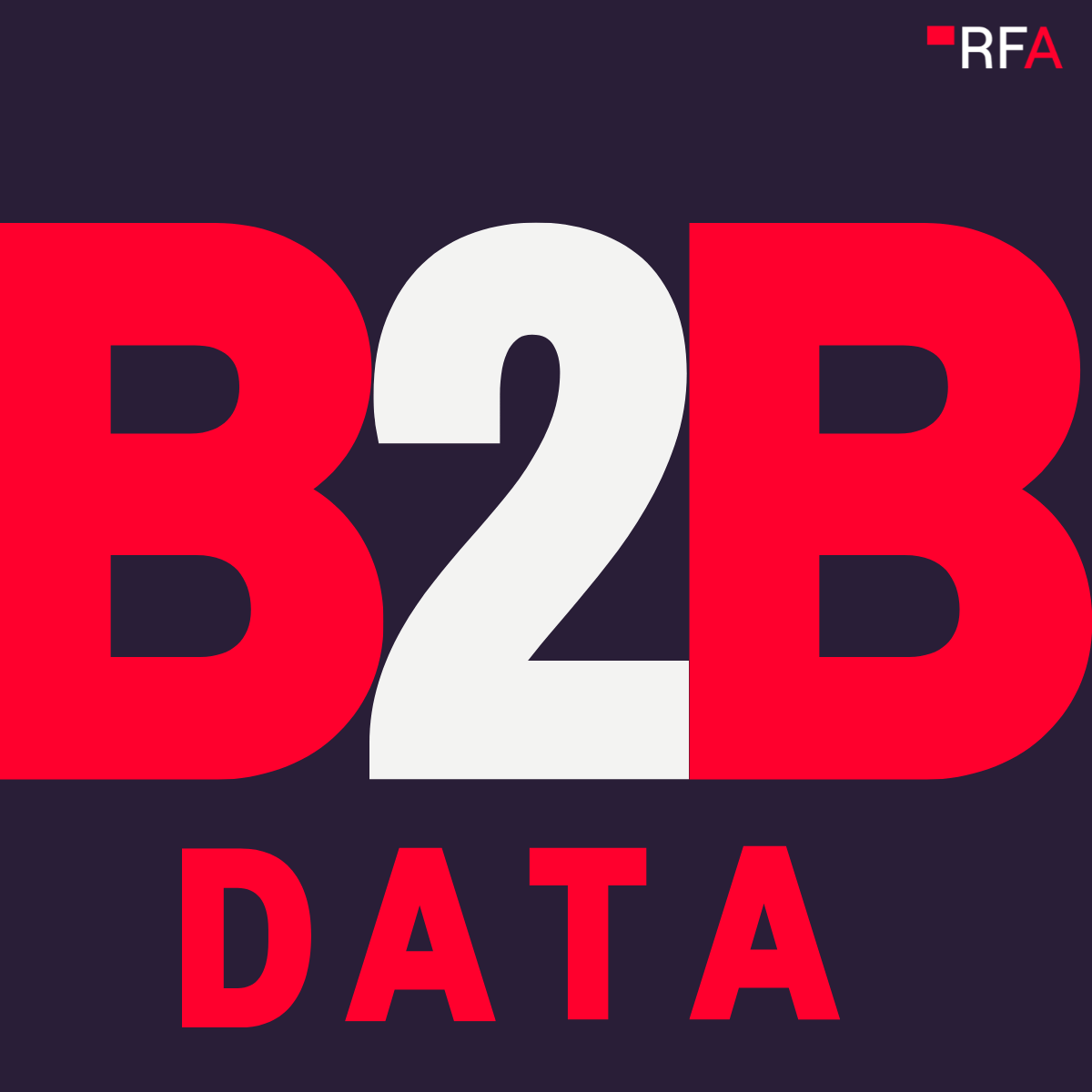Every week in the UK there are around 4,000 incidents of unsecured trade creditors experiencing a bad debt. Many of these businesses will need products and services to manage being hit by debt –some are looking to mitigate future risk and others have just been struck and need a solution.
In this article, I’m going to explain how you can identify different segments of customers that have experienced bad debt and use that to create hyper-focused messaging that will build a pipeline of prospects.
Loss vs Incidents
There are two important values to consider when analysing the impact an unsecured loss has on a business. We need to understand these values to know how the business is affected and what products or services they may need.
The first is the scale of that loss – this is the size of loss as a proportion of the company’s net assets. The second is the number (or frequency) of issues the business has experienced.
These two factors give us a more nuanced understanding of their problem, and subsequently the kind of sales messaging that will resonate with them.
The matrix below shows four different customer types. All have been hit by bad debt, but they are experiencing different kinds of problems.
By plotting each prospect on the matrix, we can zero in on their pain points. This allows us to begin to craft more informed marketing messages.
Choose Your Approach
In the table below, we’ve provided an example based on an accounting firm. It uses the pain points from the four circumstances above, along with a suggested marketing approach.
Customers want to be treated as individuals and to work with suppliers that understand their business. Subsequently, your message should then run throughout your entire sales cycle to help reps use focused sales presentations and prepare for any potential objections.
Craft Your Message
Once you understand your customer’s situation and you’ve identified your approach, it’s time to craft your message.
To do this effectively, you’ll need to connect your product or service to the customer’s pain points.
Many salespeople think this involves merely talking about their ‘low cost’ or ‘advanced offering’, but this isn’t enough. Although functional elements are important, it’s the more subjective elements that really drive customer buying decisions.
If you’re interested in finding out more about this, read our article on Bain’s B2B Elements of Value Pyramid.
The pyramid consists of five levels of value. At the bottom of the pyramid are fundamental objective values, and as you go up the pyramid the values become increasingly more subjective.
A successful value proposition will include elements from all five levels, with the more subjective factors being more personal and ultimately more effective driving an individual’s buying decisions.
Once we’ve understood the customer’s pain points we can start to create a hyper-focused and personalised message that taps into what they need.
Below I’ve provided some suggestions that could work for our accounting firm example:
Badly shocked: Speed is critical here. Your messaging should portray your business as responsive and regularly available, allowing your client to solve problems quickly. You could also highlight the reduced anxiety that this would bring to individuals in the business.
Shocked but alive: This is the least concerned segment. They’ll need to be convinced by your expertise, range of options and your ability to reduce risk. You could even look beyond recovering from the shock and highlight the growth they will experience once you’ve got them back on track.
Bad news keeps coming: This segment is in a lot of trouble and will be looking for a whole raft of different benefits. They will want a fast solution and assurances that the solution will end their problems.
Frustrated and looking for a solution: This segment is willing to take its time to ensure it gets the correct solution. You could, therefore, focus on the quality and range of solutions you offer, as well as factors relating to a longer relationship like commitment and cultural fit.
Tweak and Tweak Again
Remember to be flexible and continue to zero in on your prospect’s needs. You may approach with one message, only to find that the situation is slightly different than you thought. If this is the case, adjust your message accordingly for next time.
The processes outlined in this article are just the beginning. Many of the best sales teams have more detailed models that allow them to create more granular segmentation and hone in on prospects by using bespoke messaging.
If you haven’t already, I’d encourage you to start building specific customer segments. You’ll soon find that your messaging resonates with customers better – something which can only be good news for your sales figures.
To learn how Red Flag Alert’s B2B prospector tool can help your business grow, get started with a free trial.




